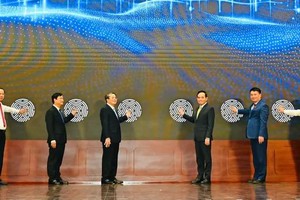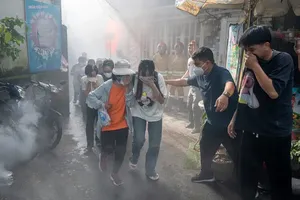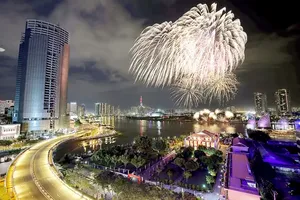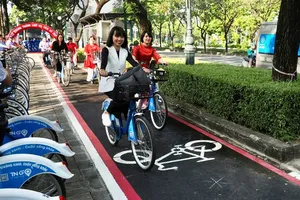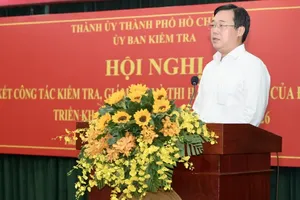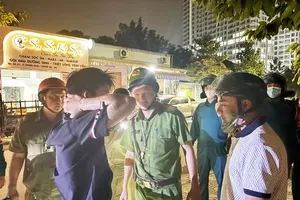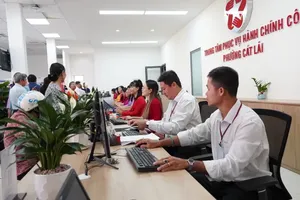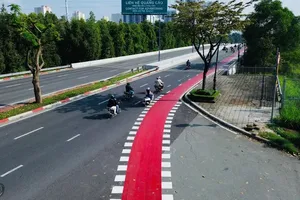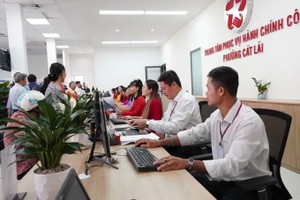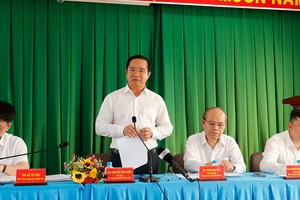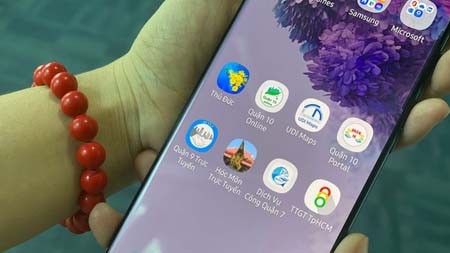
At the moment, it seems that the general public are quite used to public service apps of their local authorities like ‘Quan 9 Truc Tuyen’ (District 9 Online), ‘Thu Duc Truc Tuyen’ (Thu Duc Online), ‘Quan 10 online’ to report law breakers or give feedbacks and suggestions for current issues in their neighborhood.
Similarly, several state departments in the city have practical applications developed to prepare for the smart city transformation.
For instance, UDI Maps by HCMC Urban Drainage Co. Ltd. has been launched lately on both Google Play Store and App Store for users to update the latest news as well as warnings related to high tides, urban flooding, precipitation. From this, they can optimize their route to avoid traffic congestions.
Another example is the HCMC Traffic Portal based on an online digital map at the address of giaothong.hochiminhcity.gov.vn and the mobile app TTGT TPHCM to deliver timely and useful traffic information to travellers in the city. Via the GPS on their mobile device, users can retrieve real-time traffic status of their destinations, find the shortest route or other utilities like public toilets, gas stations, clinics and hospitals. They can also report traffic jams for the local authorities to solve.
When carrying out the smart city transformation project in HCMC, the two piloting districts of 1 and 12 each has its own operation method, yet both have achieved impressive results.
District 1 introduces the online ‘paperless registration’ process for public services, where citizens can use their smart devices to send requested documents via the Internet to the authorities. Any papers that need a signature will be then sent to applicants to finish, followed by the final result.
In District 12, the software eHSHC is run to manage administrative documents, track the progress, and notice residents of final results. The online public service portal is launched for 18 common tasks in various aspects. The local authorities here also use images from remote sensing satellites for urban control, resources and environment management to track any possible illegal construction.
The successful stories of these two districts in implementing IT in smart city transformation let others become more confident to prepare their own plan after identifying their strengths, focuses, and current conditions.
Deputy Director of the HCMC Department of Information and Communications Vo Thi Trung Trinh stated that all districts in HCMC need to form their synchronous database which is closely linked to the common one of the city; to clearly identify their responsibilities for corresponding IT implementation tasks; and to gradually improve the quality of services to both citizens and businesses.


